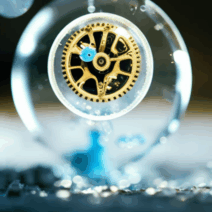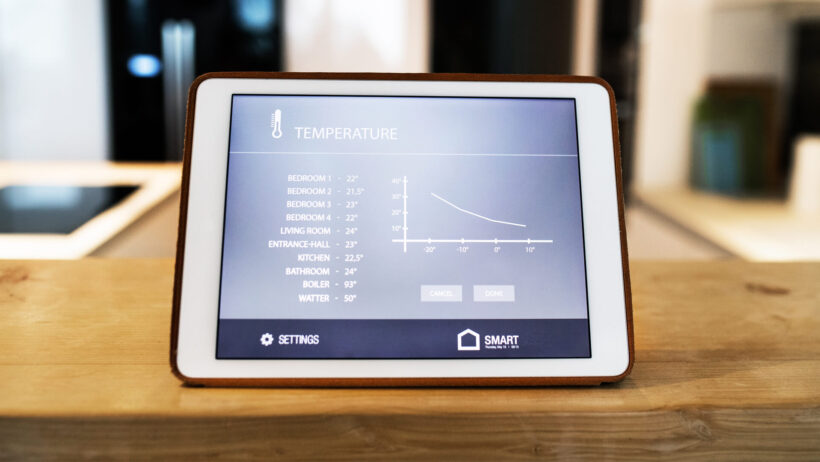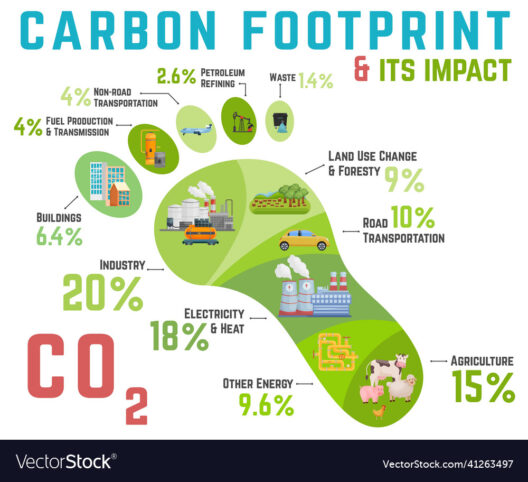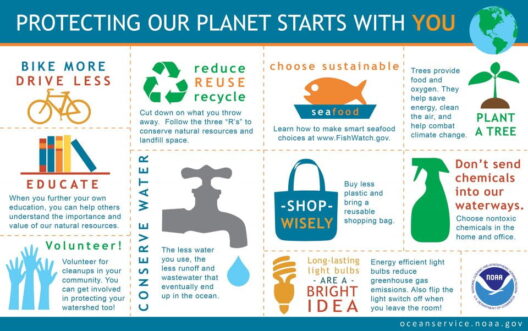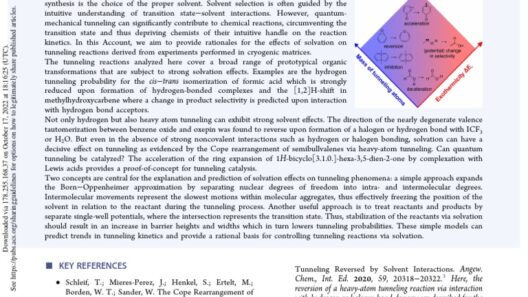In a world increasingly threatened by climate change, the concept of energy efficiency emerges as not just a beneficial option but a critical necessity. All around us, technology pervades our daily existence — from smartphones to smart appliances, each device holds the potential to either exacerbate or mitigate environmental degradation. However, an intriguing question arises: how many of us truly consider the energy ramifications of our everyday tech? Furthermore, if energy efficiency is indeed so vital, are we collectively willing to embrace the necessary changes or are we simply avoiding the challenge? This article delves into the multifaceted aspects of energy efficiency within our daily technological utilities, illuminating both their significance and the potential hurdles that lie ahead.
The burgeoning field of energy efficiency encompasses a vast array of technologies designed to reduce energy consumption while maintaining or enhancing performance. From LED lighting to energy-efficient appliances, these innovations not only save on utility bills but also contribute to a more sustainable future. LED lighting, for example, uses up to 75% less energy than traditional incandescent bulbs and lasts 25 times longer. Imagine illuminating your home with lights that reflect your commitments to energy conservation. What if every household opted for such advancements? The impact would be monumental, drastically reducing the carbon footprint.
However, while awareness is growing, significant obstacles remain. A primary challenge is the initial cost associated with acquiring energy-efficient technologies. Although many energy-efficient products ultimately prove economical over their lifetime, the upfront investment can deter consumers from making the switch. High-efficiency appliances, for instance, often come with a price tag that may dissuade budget-conscious individuals and families. Here lies a paradox: how can one justify spending more now to save later? The solution to this conundrum is financial literacy regarding long-term savings and incentives such as rebates and tax credits provided by local or federal governments — a mere nudge to encourage conscientious purchasing.
Transitioning to energy-efficient appliances is vital for broader commercial applications as well. Businesses, large and small, wield immense power in our economy and environmental landscape. Energy efficiency can significantly decrease operating costs for enterprises while further demonstrating corporate social responsibility. From advanced HVAC systems that intelligently adjust to occupancy levels to energy-efficient data centers that lower electricity consumption, corporations have the opportunity to lead the charge toward a greener economy. Yet, the challenge persists; how do organizations reconcile the need for upfront investment against the pressure for immediate profitability? Long-term planning, sustainability goals, and stakeholder engagement are essential components in navigating these decisions.
Moreover, the role of technology in energy efficiency does not stop at home or workplace appliances. The rapid advancement of smart technology presents an exciting avenue for promoting energy efficiency on a larger scale. Smart thermostats, for example, learn user behavior and adjust heating and cooling patterns accordingly, yielding significant energy savings. The appeal of technology that requires minimal manual involvement adds layers of convenience for consumers. Yet, resistance remains. Concerns around privacy and data security can deter individuals from embracing these innovations. Are we willing to sacrifice convenience for the sake of control over our information?
Additionally, the integration of renewable energy sources like solar power into our everyday lives is crucial. Harnessing the power of the sun can drastically reduce dependence on non-renewable energy resources, enhancing the overall sustainability of our energy systems. Innovative solar technologies, such as solar shingles and solar panels, are becoming increasingly versatile and integrate seamlessly into modern life. However, the challenge of accessibility to such technology persists, especially in underserved communities that may lack the necessary infrastructure or financial resources. How do we bridge this gap? A concerted effort from policymakers, non-profits, and private enterprises can create pathways for equitable access to renewable energy technologies.
One critical aspect of energy efficiency often overlooked is the importance of user education. No matter how advanced a product may be, its efficiency is only as good as its utilization. Understanding the optimal ways to use appliances, programming smart devices effectively, and adopting energy-saving habits can significantly amplify the benefits of energy-efficient products. What if every household had access to comprehensive education on maximizing energy efficiency? Such initiatives could encourage deeper engagement and community ownership of energy solutions, fostering a culture of sustainability.
In conclusion, while energy efficiency in everyday technology stands as a beacon of hope against climate change, it is undoubtedly coupled with challenges that necessitate collective action. Individuals, businesses, and policymakers alike must work harmoniously to embrace and optimize energy-efficient technologies. With the right information, access to resources, and commitment to long-term sustainability, the possibility of a future where technology and environmental stewardship coexist is well within our grasp. The challenge lies before us: are we ready to embrace the shift toward energy efficiency as a lifestyle choice? The answer to this question could influence environmental trends for decades to come.


